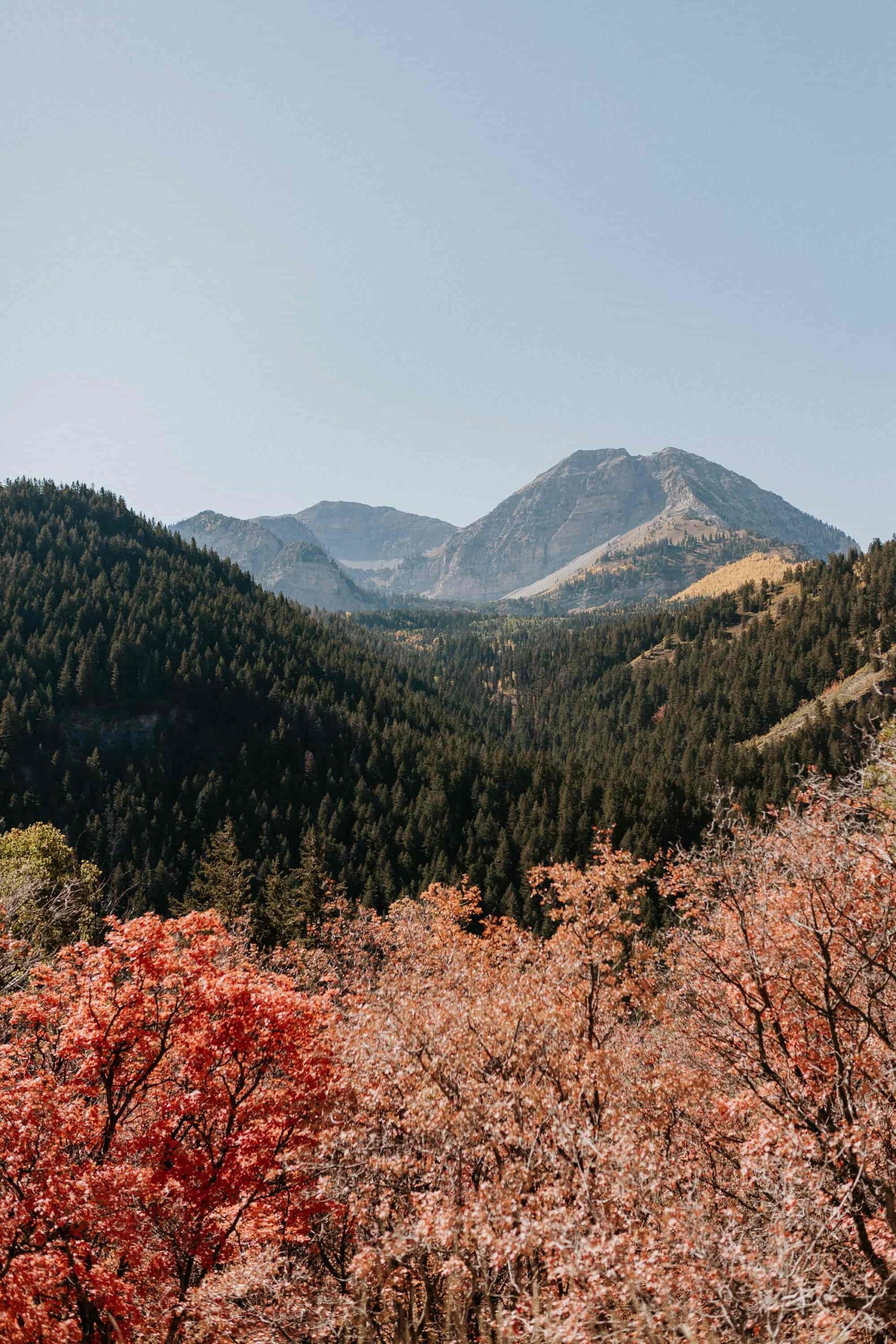Introduction
The natural world is a treasure trove of breathtaking wonders, captivating landscapes, and diverse life forms. From the depths of the oceans to the highest peaks, our planet is filled with hidden gems waiting to be discovered. These enigmatic marvels, scattered across various ecosystems and geographic zones, hold the key to understanding our planet’s history and the delicate balance of life.
Table of Contents
- Introduction
- Understanding Nature’s Zone Treasures
- Biodiversity Hotspots: The Gems of Nature’s Zone
- Hidden Wonders: Caves and Underground Marvels
- The Mystique of Unexplored Oceans and Deep Seas
- Enigmatic Landscapes: Deserts and Arctic Regions
- Uncharted Territories: Exploring Remote Islands
- The Marvel of Migratory Species
- Natural Phenomena: The Wonders of Earth
- The Power of Microorganisms: Invisible Gems
- Ancient Forests: Timeless Treasures
- Conclusion
- FAQs
Understanding Nature’s Zone Treasures
Definition and Scope
Nature’s zone treasures encompass a wide array of natural wonders found in specific regions or habitats. These zones can be as large as entire continents or as small as a remote island. They host unique ecosystems, flora, and fauna, making them invaluable to both scientists and nature enthusiasts.
Importance of Exploring Nature’s Zone Treasures
Exploring these hidden gems is crucial for scientific research and conservation efforts. By studying the diverse life forms and ecosystems within these zones, we can gain insights into evolutionary processes, ecological relationships, and the impact of human activities on nature.
Biodiversity Hotspots: The Gems of Nature’s Zone
Exploring Tropical Rainforests
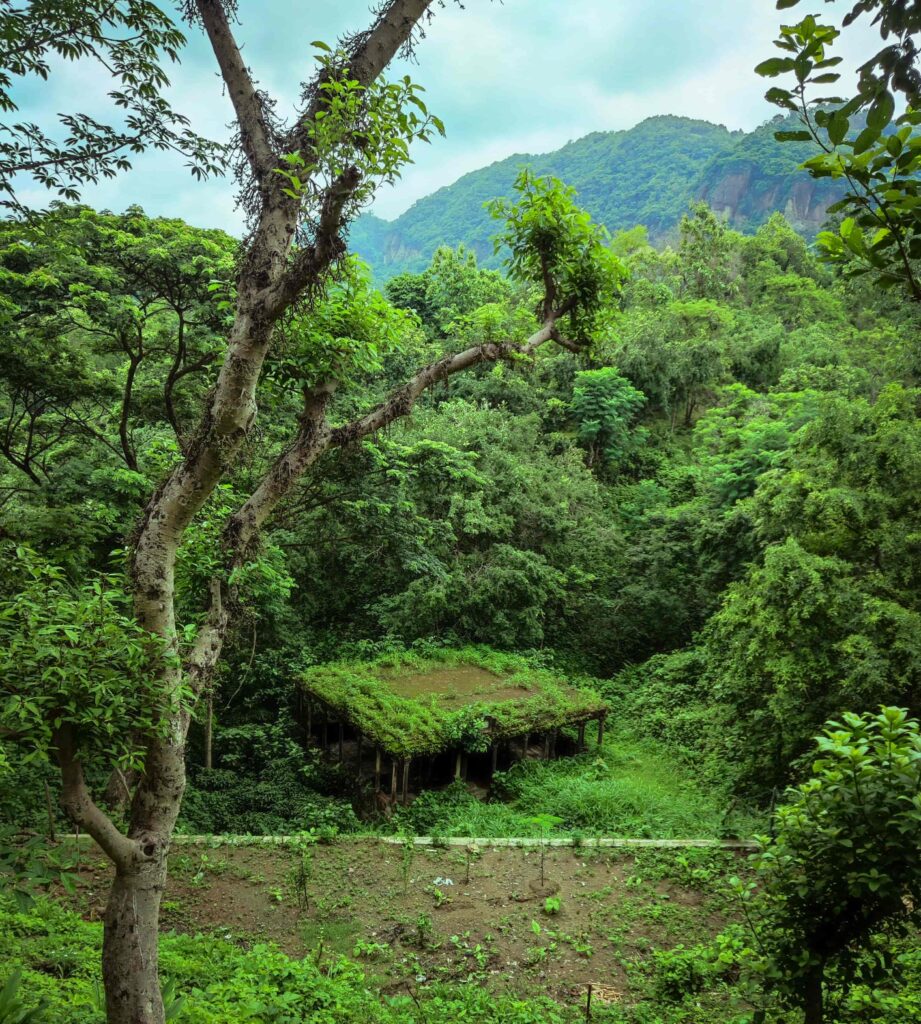
Tropical rainforests, often referred to as the “lungs of the Earth,” are biodiversity hotspots. They teem with an incredible variety of plant and animal species, some of which have yet to be discovered. The Amazon Rainforest, for example, is home to countless unique species and traditional knowledge that holds immense value.
Unveiling Marine Biodiversity
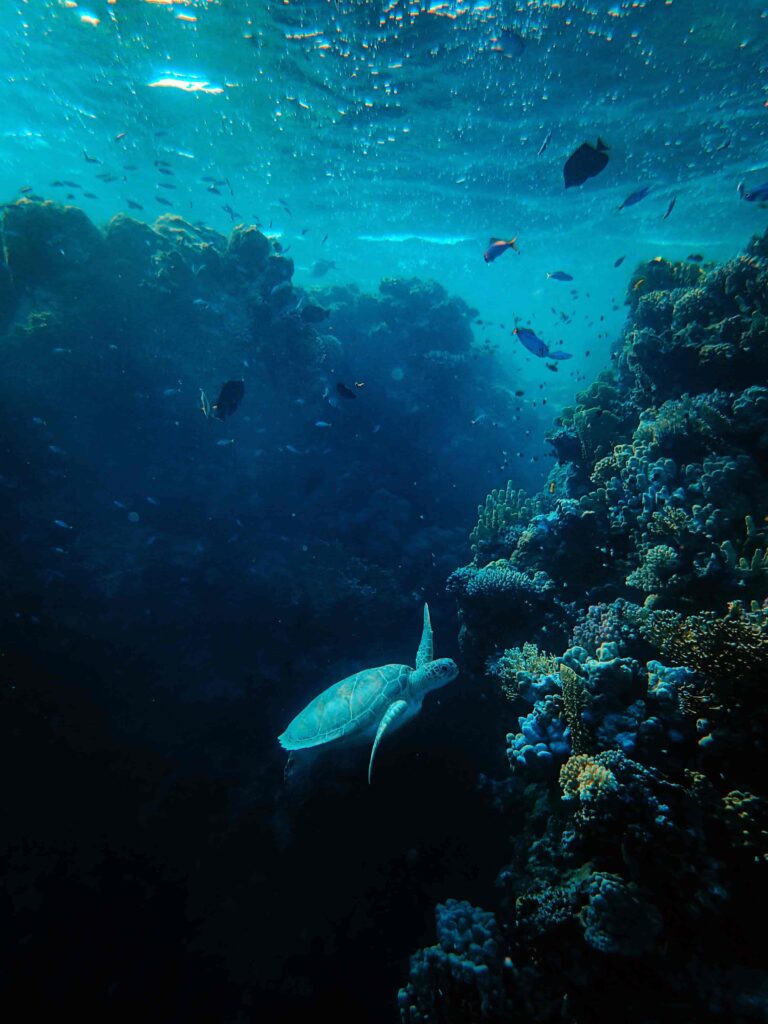
The world’s oceans are vast, covering more than 70% of the Earth’s surface, and they contain a staggering marine biodiversity. Coral reefs, the rainforests of the sea, support an abundance of marine species, but they are also under threat due to climate change and pollution.
Discovering Unique Flora and Fauna
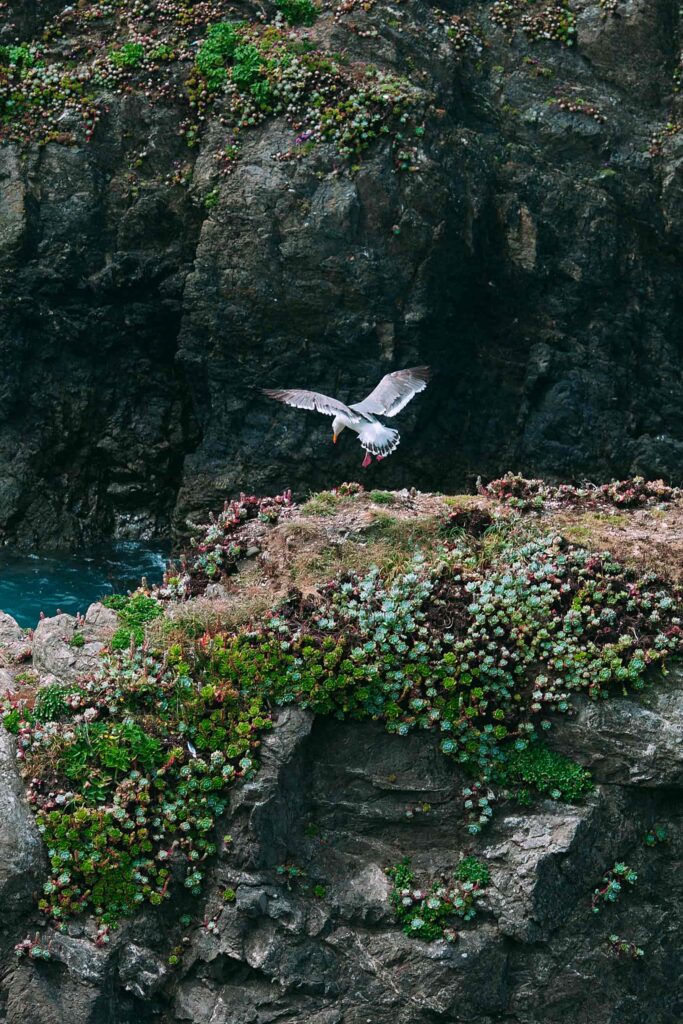
In addition to iconic animals, nature’s zone treasures also include unique plants, insects, and microorganisms. Some of these species have extraordinary adaptations that allow them to thrive in extreme environments, and their study can lead to groundbreaking scientific discoveries.
Hidden Wonders: Caves and Underground Marvels
The World Beneath Our Feet
Caves, carved out over millennia by geological processes, offer a glimpse into the Earth’s geological history. These subterranean chambers often hold ancient fossils and rock formations, showcasing nature’s artistic prowess.
Stalactites and Stalagmites: Nature’s Artistry
The slow dripping of mineral-rich water creates stunning stalactites hanging from cave ceilings and stalagmites rising from cave floors. These geological formations take thousands of years to form, adding to the allure of cave exploration.
Creatures of the Dark: Adapting to Life Underground
Cave-dwelling creatures have adapted to life in the darkness, developing unique features such as heightened senses and specialized appendages. Studying these creatures not only helps us understand their evolution but also has applications in medicine and robotics.
The Mystique of Unexplored Oceans and Deep Seas
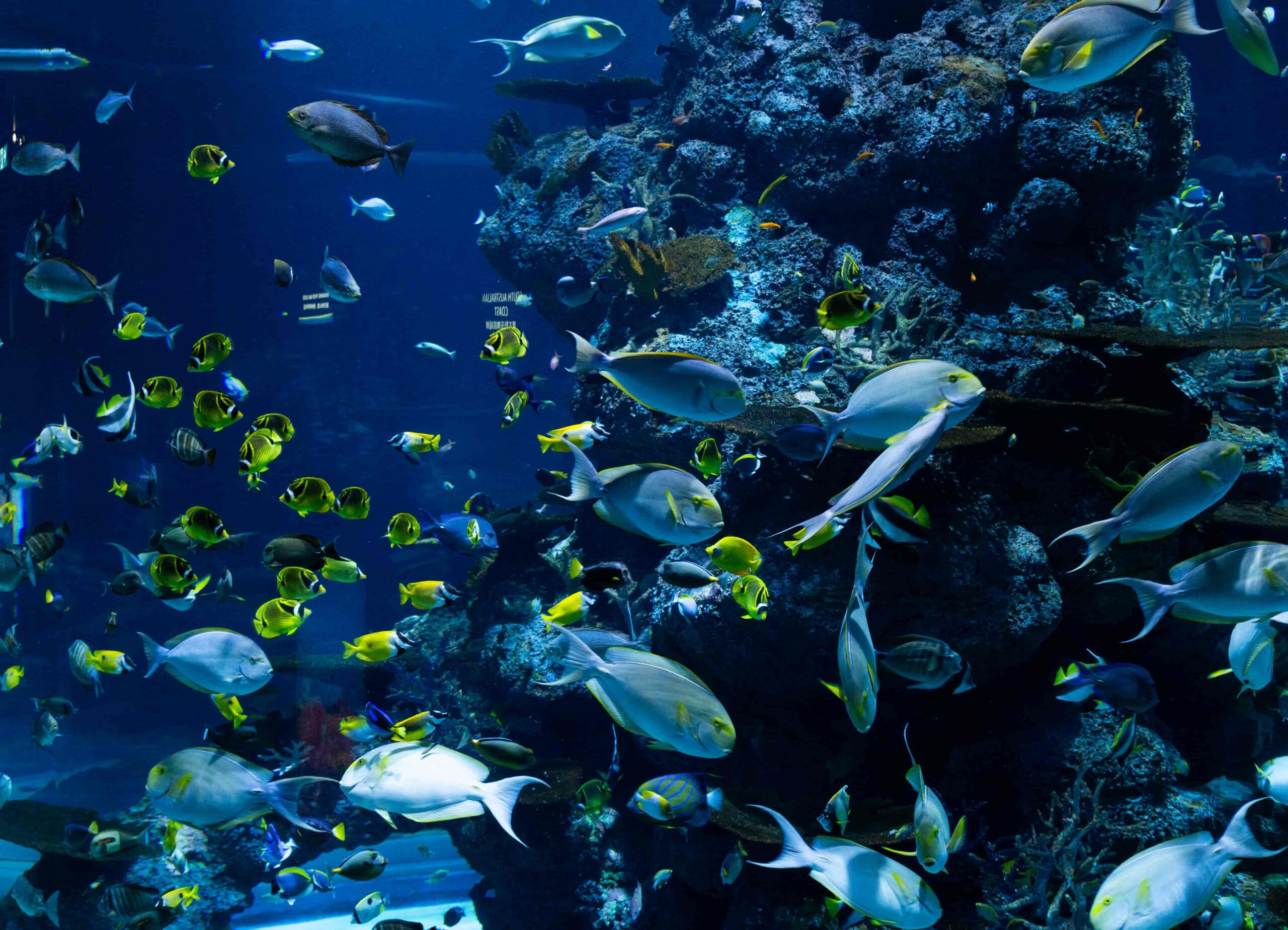
Delving into the Abyss: Ocean Depths
The deep sea remains one of the least explored and most mysterious places on Earth. Abyssal plains, hydrothermal vents, and underwater mountain ranges harbor an astonishing array of life adapted to extreme pressure and darkness.
Deep-Sea Creatures: Alien-Like Adaptations
Deep-sea creatures exhibit extraordinary adaptations in nature’s zone, such as bioluminescence and transparent bodies, making them appear otherworldly. These adaptations aid in survival and communication in the deep, dark waters.
Preserving the Fragile Underwater Ecosystems
Despite their remote locations, deep-sea ecosystems are vulnerable to human impacts like deep-sea mining and bottom trawling. Conservation efforts are essential to protect these delicate habitats of nature’s zone and the unique species they harbor.
Enigmatic Landscapes: Deserts and Arctic Regions
Desert Oases: Life in Harsh Conditions
Deserts, though seemingly barren, host a surprising diversity of life. Desert oases are crucial hubs of biodiversity, sustaining various plant and animal species, many of which have evolved to endure arid conditions.
Arctic Biodiversity: Surviving Extreme Cold
The Arctic is home to iconic creatures like polar bears and Arctic foxes, as well as lesser-known species adapted to the freezing temperatures. However, climate change poses a severe threat to this fragile ecosystem.
Climate Change Impact on Polar Habitats
Global warming is leading to the rapid melting of Arctic ice, affecting the survival of polar species and disrupting the balance of the entire Arctic ecosystem.
Uncharted Territories: Exploring Remote Islands
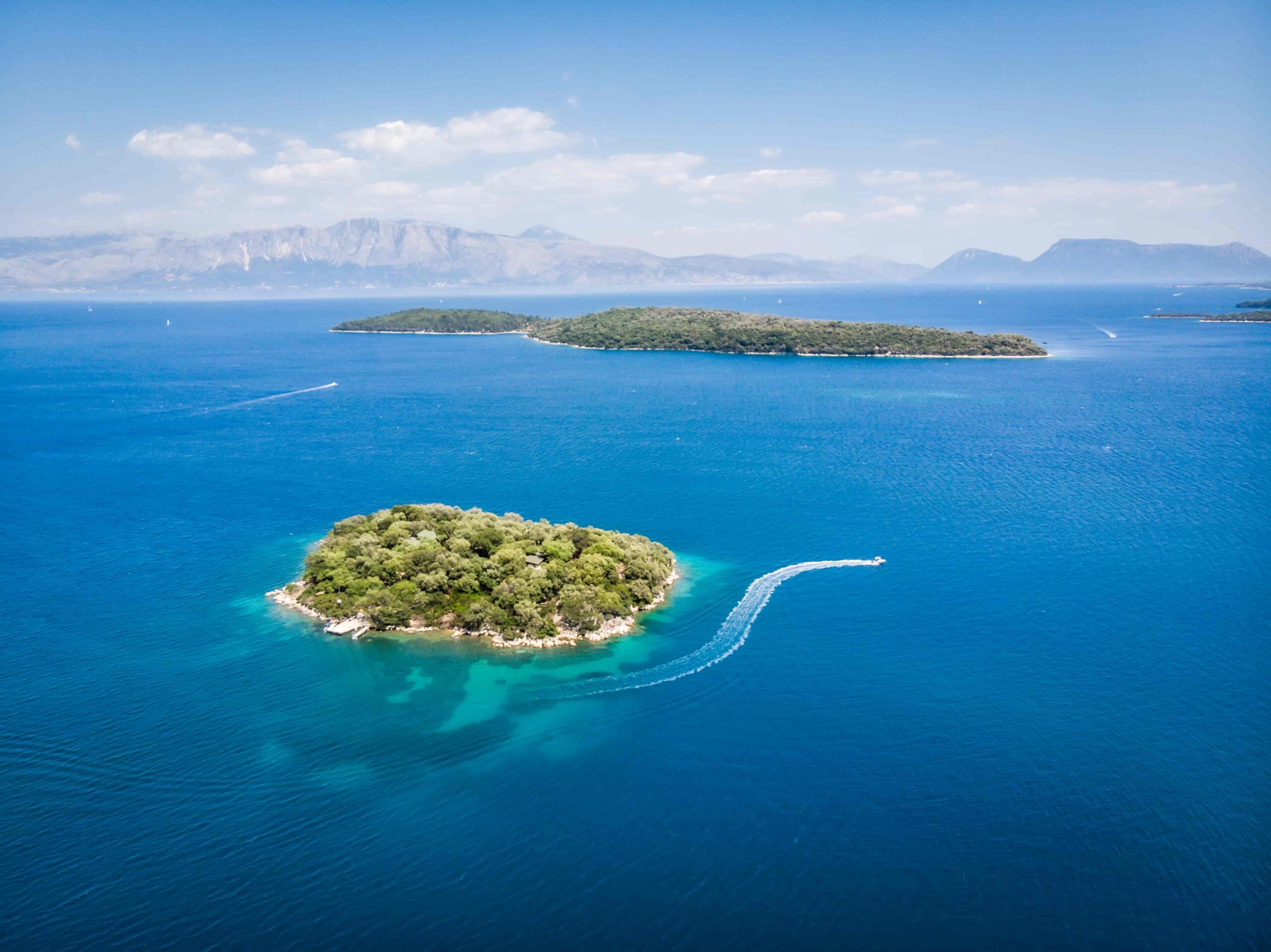
Isolated Biodiversity: Unique Species Evolution
Remote islands often have unique biodiversity due to their isolation from the mainland. The Galápagos Islands, for instance, played a pivotal role in Charles Darwin’s theory of evolution.
The Fragility of Island Ecosystems
Despite their ecological significance, remote islands are highly vulnerable to invasive species and human disturbances. Conservation efforts are essential to protect these precious ecosystems of nature’s zone.
The Marvel of Migratory Species
Epic Journeys of Birds
Migratory birds undertake incredible journeys across continents, traversing thousands of miles to reach their breeding and wintering grounds. These journeys have fascinated humans for centuries.
Marine Migration: Whales and Sea Turtles
Whales and sea turtles make astonishing migratory voyages, crossing huge oceans with remarkable accuracy. Understanding their migratory routes is crucial for their conservation.
Conservation Challenges for Migratory Species
Migratory species face numerous challenges, including habitat loss, pollution, and climate change. International cooperation is necessary to protect their habitats and ensure their survival.
Natural Phenomena: The Wonders of Earth
The Northern Lights: Nature’s Light Show
The auroras, also known as the Northern Lights, are awe-inspiring natural light displays that occur in the polar regions. These ethereal phenomena result from interactions between solar particles and the Earth’s magnetic field.
Eclipses and Celestial Marvels
Solar and lunar eclipses, meteor showers, and other celestial events have fascinated humans for millennia. These cosmic occurrences remind us of the vastness and beauty of the universe.
Geysers and Volcanoes: Earth’s Dynamic Forces
Geysers and volcanoes are manifestations of the Earth’s internal energy. The eruptive displays of these geological features remind us of the dynamic nature of our planet.
The Power of Microorganisms: Invisible Gems

Role of Microorganisms in Ecosystems
Microorganisms play an important part in ecological equilibrium of nature’s zone. They are involved in nutrient cycling, soil formation, and even symbiotic relationships with larger organisms in nature’s zone.
Unearthing New Discoveries in Microbiology
The study of microorganisms continues to yield groundbreaking discoveries with applications in medicine, agriculture, and environmental conservation.
Ancient Forests: Timeless Treasures
Ancient Trees and Their Significance
Ancient forests are living relics of the past, bearing witness to centuries of ecological history. The preservation of these forests is crucial for understanding the Earth’s changing climate.
Forest Conservation and Sustainability
Conserving ancient forests and promoting sustainable forestry practices are essential steps toward preserving these natural treasures for future generations.
Conclusion
Nature’s zone treasures are unparalleled in their diversity and beauty, providing valuable insights into the natural world’s intricate workings. Exploring these hidden gems allows us to appreciate the wonders of our planet and reminds us of our responsibility to protect and preserve these ecosystems for generations to come.
FAQs
What are nature’s zone treasures?
Nature’s zone treasures refer to the diverse and unique natural wonders found in specific regions or habitats around the world.
Why are biodiversity hotspots essential?
Biodiversity hotspots are crucial for scientific research and conservation efforts, as they host an incredible variety of plant and animal species.
What makes deep-sea creatures unique?
Deep-sea creatures have developed extraordinary adaptations to survive extreme pressure and darkness, making them appear otherworldly.
How do remote islands contribute to biodiversity?
Remote islands often have isolated biodiversity, leading to the evolution of unique species that can only be found in these regions.
Why are migratory species facing challenges?
Migratory species face various challenges, including habitat loss, pollution, and climate change, which threaten their survival.

